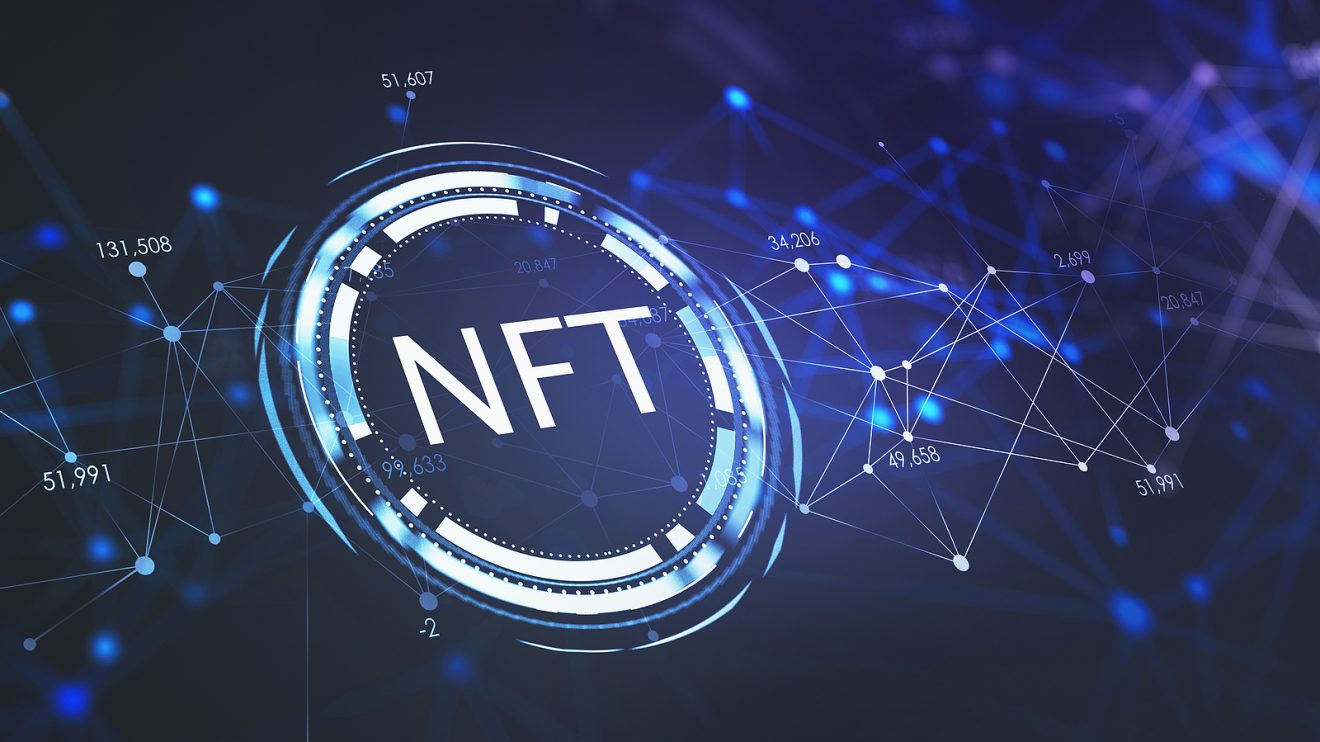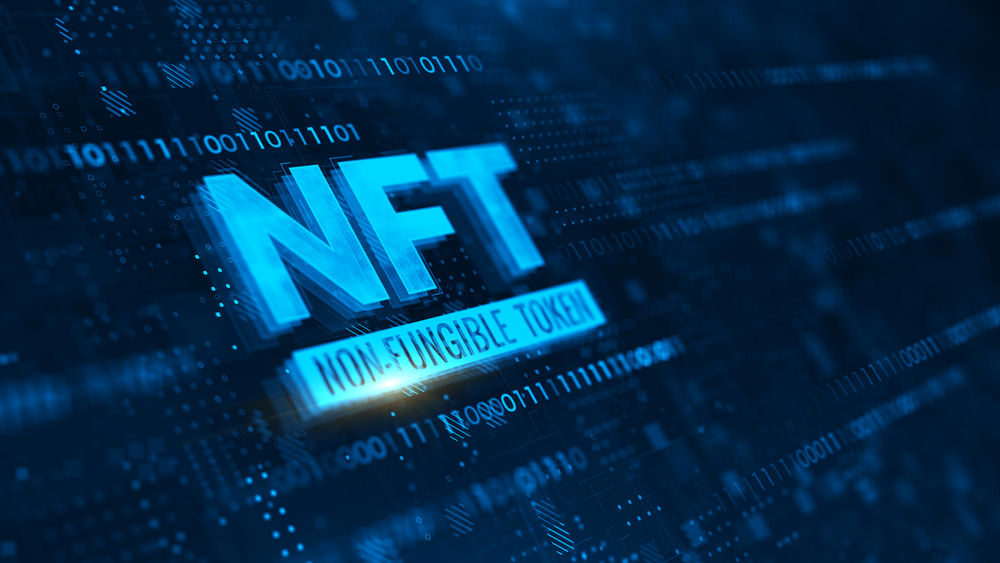
What is NFT and how to port art to digital
Traditional art in the modern world is gradually taking its financial value into a different format. Previously, artists, for example, relied on holding exhibitions of their work. This way they introduced their work to the public. Ideally, visitors to an exhibition or simply admirers of the work would spend a certain amount of money to become the rightful owner of the original.
Many works of art were often taken under the hammer for exorbitant sums of money. And not all of the works could be described as complex or original. It was all about demand. The more popular the picture, the faster its value grew and eventually could be evaluated in the incredible sums. But there was always one major nuance – associated costs.
For an artist to present and promote himself, he had to spend money on venue hire, lighting, transporting his work and much more. If there is a sponsor, this saves the day. But for those who haven’t managed to find one, it can be impossible to present themselves. With NFT art it’s much easier.
The world is now leaning more towards modern technology and digitisation, keep up to date with IT news at https://bandarsiji.com/. Where you can find for yourself not only information on technology, auto-news, but even scientific research.

What is NFT
NFT (non-fungible token) is a unique token based on blockchain technology. It is a “relative” of the well-known bitcoin and ether. It is essentially the same cryptocurrency, but with a difference: indivisibility. By not being substitutable for another, the ability to divide is eliminated. In other words, it is like a physical object that cannot be divided.
Any digital object can be represented in such a way. So NFT can be a picture, a gif, a melody, a video, etc. By acquiring such a token, a person becomes its rightful owner, as evidenced by the records that the blockchain itself acts as a set of. But the same rules apply here as to the purchase of a physical work of art.
For example, a person who has ownership of an original painting cannot prevent reproductions from being distributed. In principle, there is no need to prevent it, because the better known the object, the higher its value. Subsequently, the owner will be able to sell it for more than its original value.
The benefits of blockchain technology
Blockchain is actively entering today’s realities. Cryptocurrencies are valued at incredible amounts, making the crypto-industry more in demand. The main advantage of NFT is that it can be used to distribute art much faster and more freely. What’s more, one can also engage in the valuation of its value independently.
The use of technology eliminates mystery. The author of an artwork always knows who owns the rights to his work. Moreover, there is a royalty function, which implies the right of the author of an object to receive a certain percentage of subsequent resales.
Thanks to NFT, many creative individuals can showcase their work to the world at no extra cost. In essence, boundaries are being blurred, especially when the “format game” of digital products begins.
